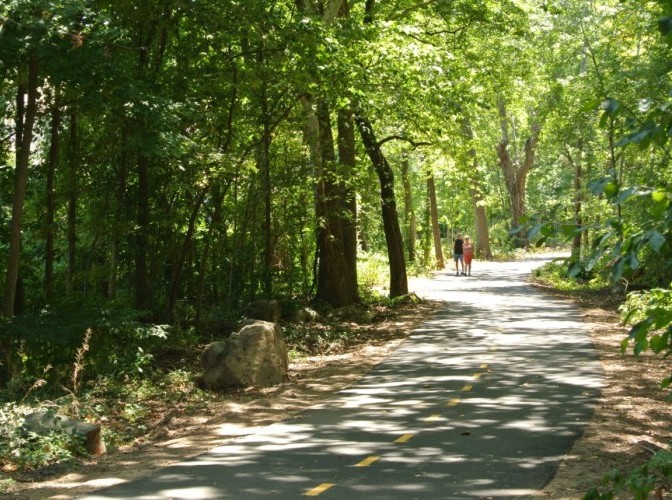The best way to make sure people living in cities don’t suffer from ‘Heidi syndrome‘, the condition caused by a lack of nature, is to incorporate nature into our cities. The introduction of urban vegetable gardens and green rooftops in cities is one of the principles of ‘green urbanism‘, the objective of which is to create cities which are more sustainable and beneficial for humans. Today we are sharing some of the most unique indicatives we’ve found.
Vertical greenery
The inclusion of green walls in urban landscapes still grabs our attention, with spectacular examples like the Quai Branly Museum in Paris, which has more than 15,000 plants from 150 species, or the CaixaForum in the centre of Madrid which is 24 metres high.
One Central Park in Sydney claims to have the tallest vertical gardens in the world. The gardens on these two towers, which were designed by Jean Nouvel, cover 50% of their façade and are a natural way of controlling sun exposure.
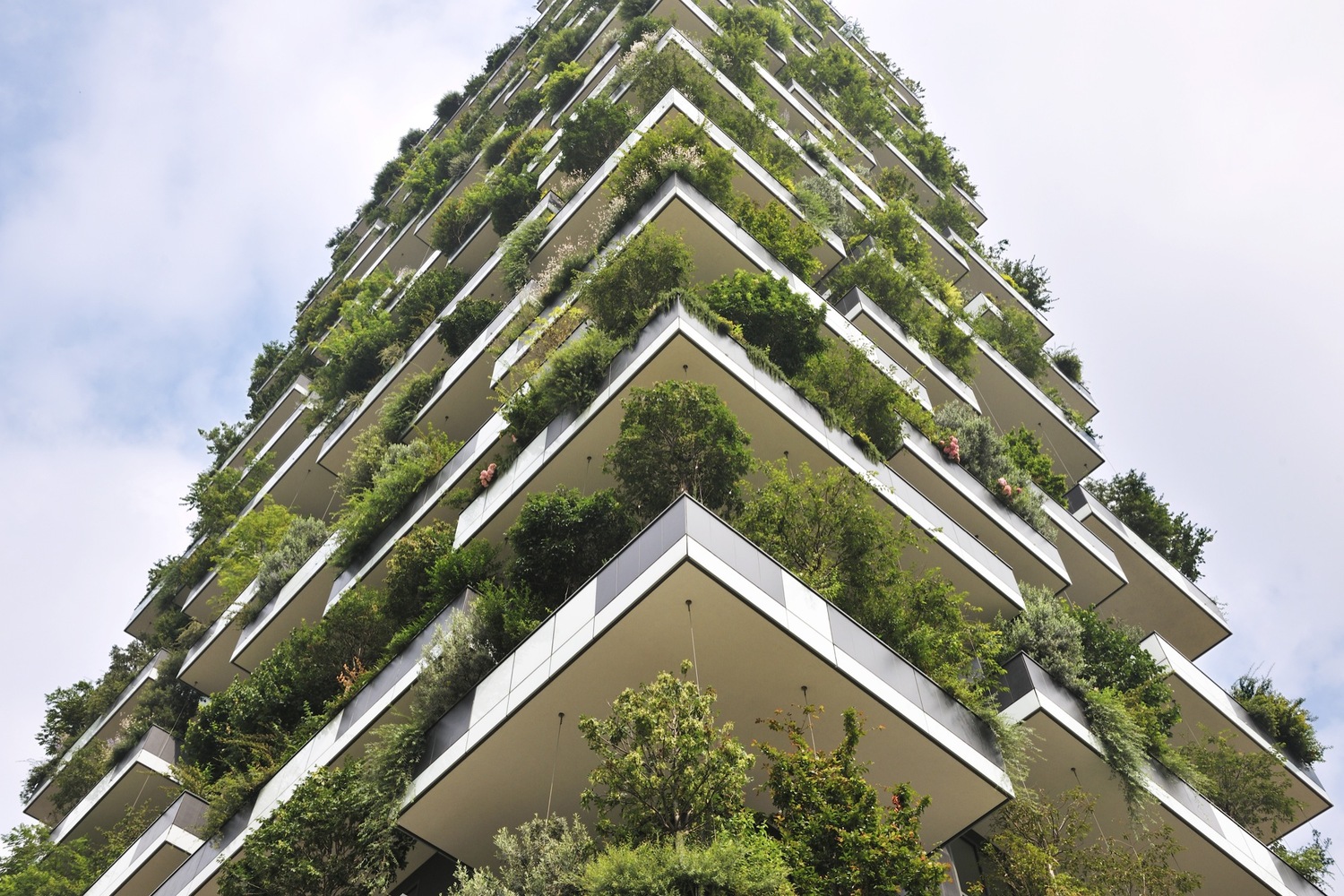
Other interesting initiatives include the Bosco Verticale in Milan, which are two skyscrapers designed by architect Stefan Boeri with more than 2,000 types of plants, and Supertree Grove in Singapore, a forest with 18 trees that range from 25 to 50 metres in height and are covered in plants.
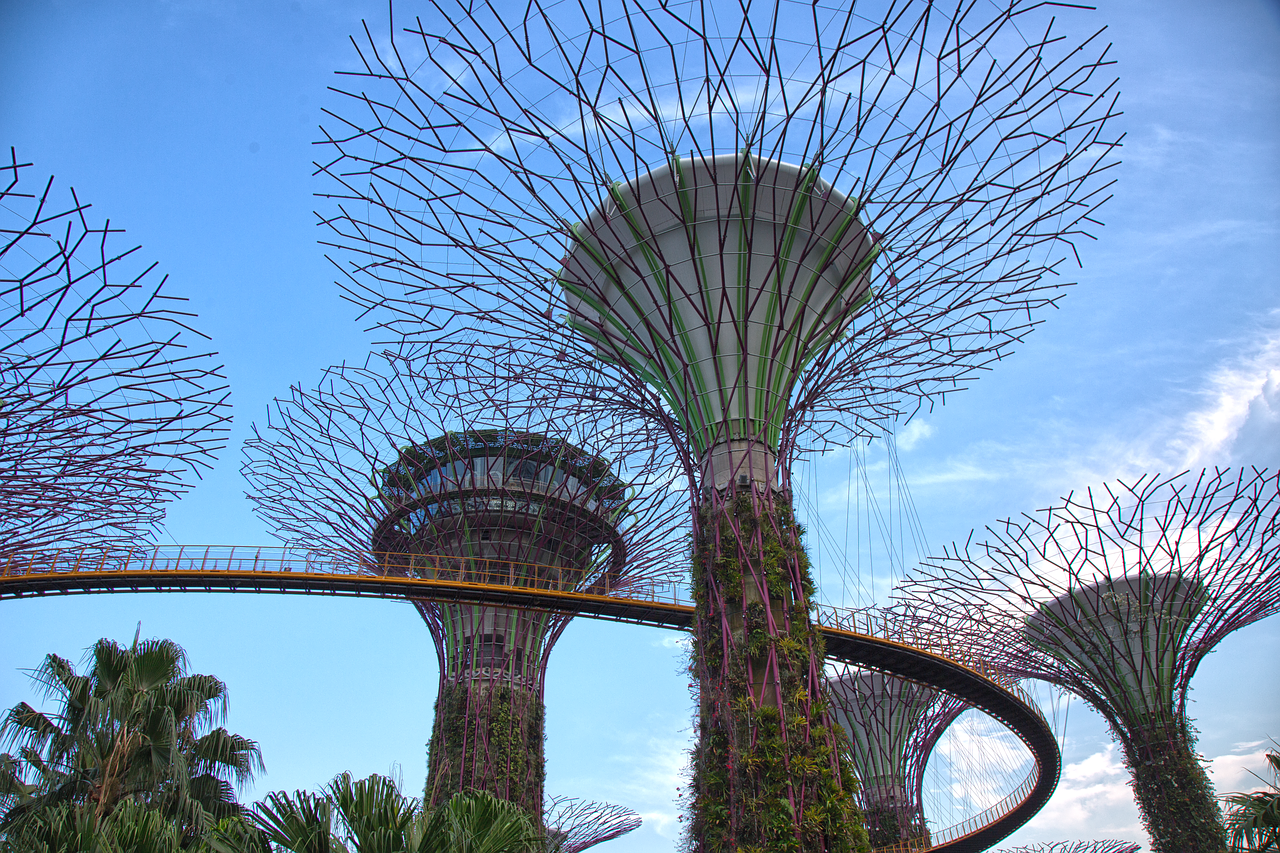
Recycling train tracks
High Line Park is built on the elevated platform of the old railway in the Meatpacking District in New York. The abandoned tracks have become a public park covered in vegetation that is also a refuge for a huge variety of wildlife.
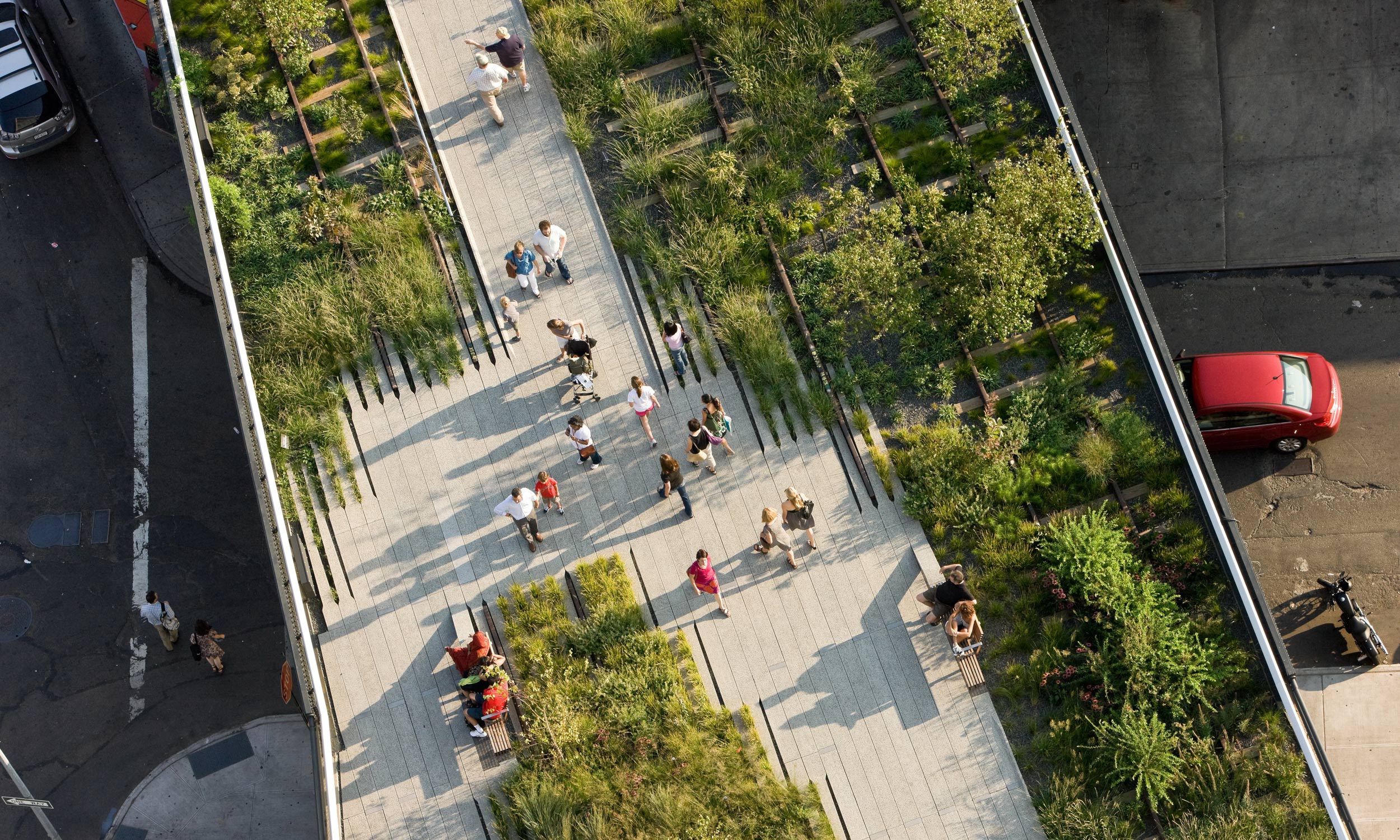
In Madrid, it was the old M-30, which is now underground, that gave rise to a new green space in the city and the recovery of the banks of the river Manzanares thanks to the project Madrid Río.
Buckle up…your green belt
At Tempelhof Feld in Berlin, people ride their bikes over what used to be the old runways at the city’s first airport. Its 386 hectares make it the biggest park in Berlin, with areas to go for a walk, do sport, garden, have a picnic, and more.
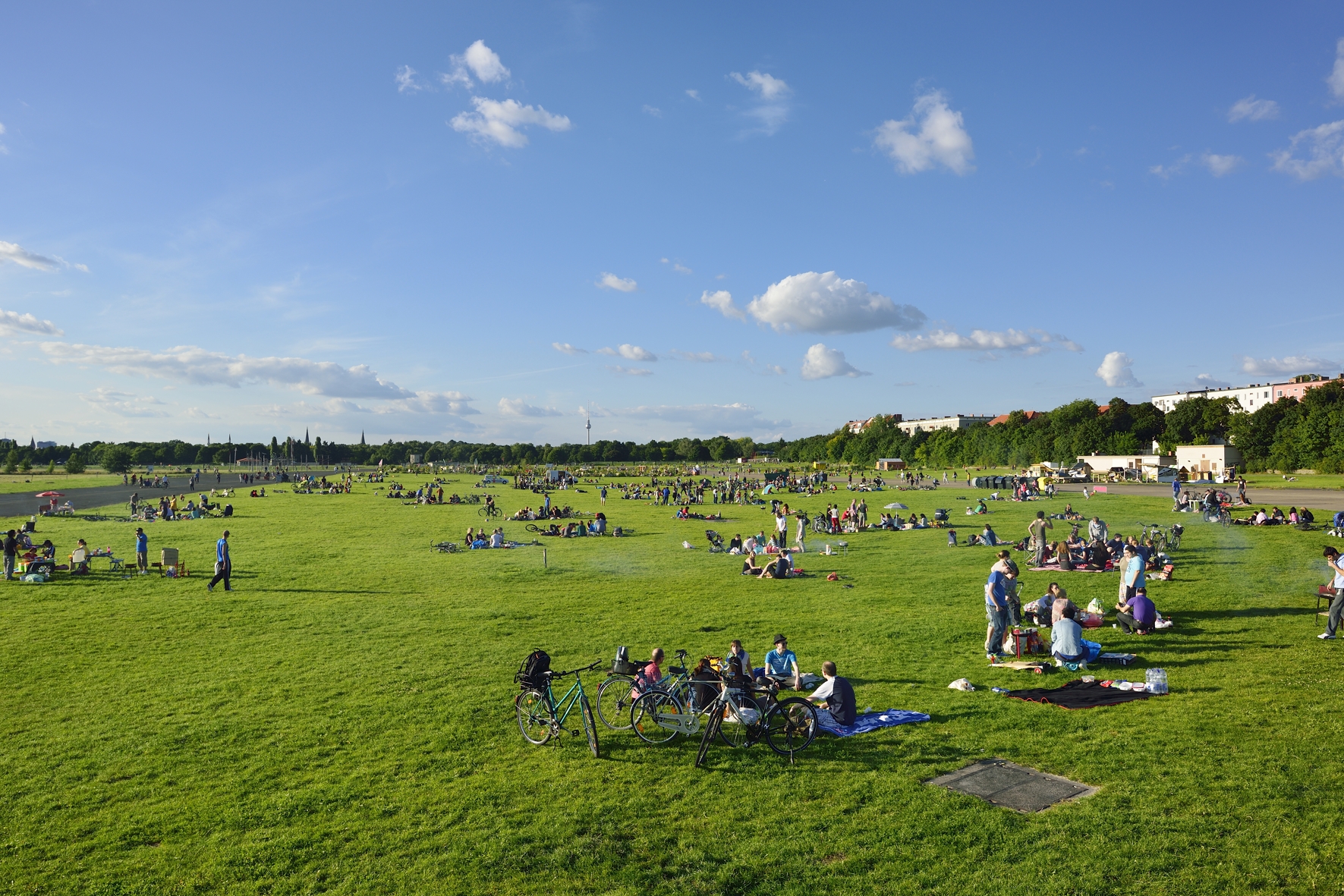
A new life for old industrial compounds
Chosen by The Guardian as one of the ten most beautiful urban oases in the world, the fusion of nature and industrial heritage at landschaftspark in Duisberg attracts half a million visitors every year.
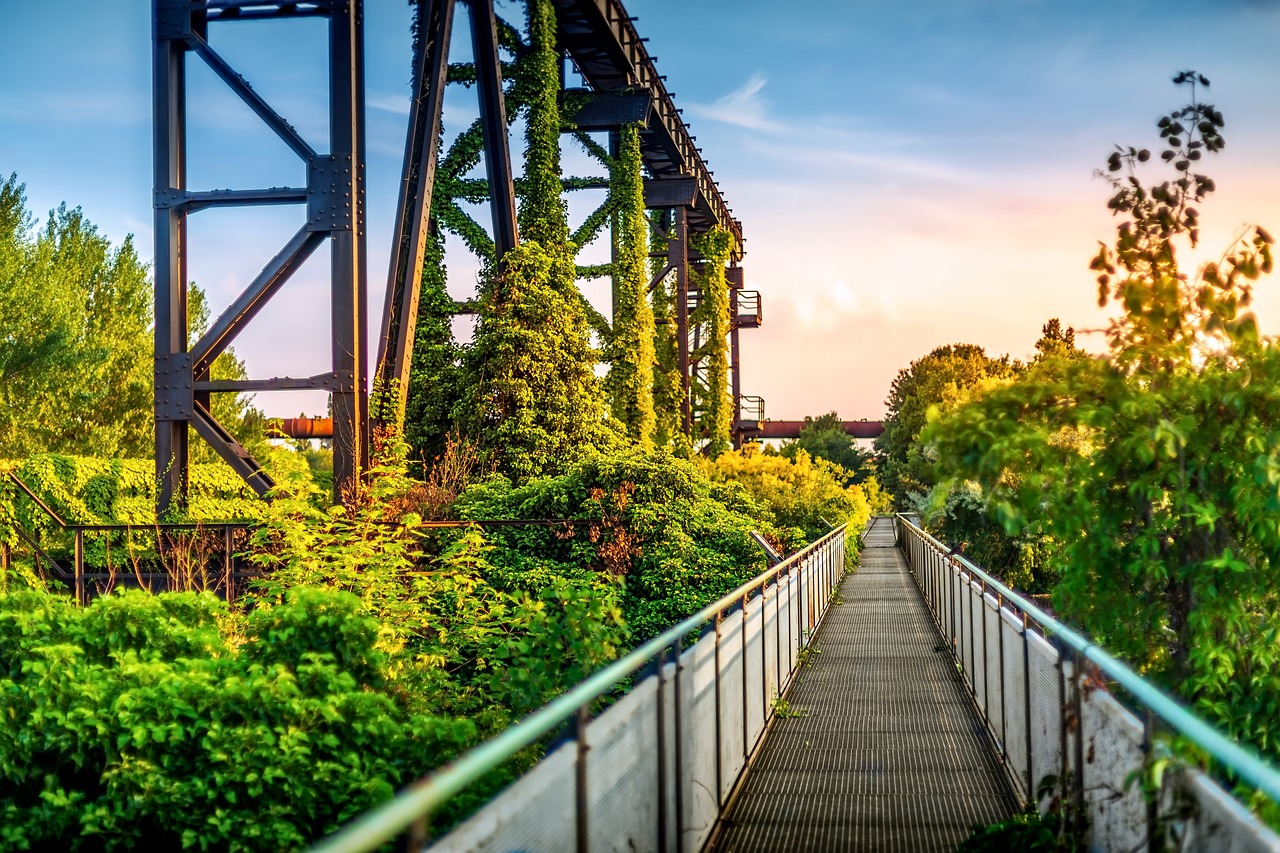
Rubbish goes green
Fresh Kills was the biggest landfill in the United States and one of the biggest in the world until its closure in 2001. Since 2008, a project has been working on making the landfill, which is located on Staten Island, the biggest green space in New York.
